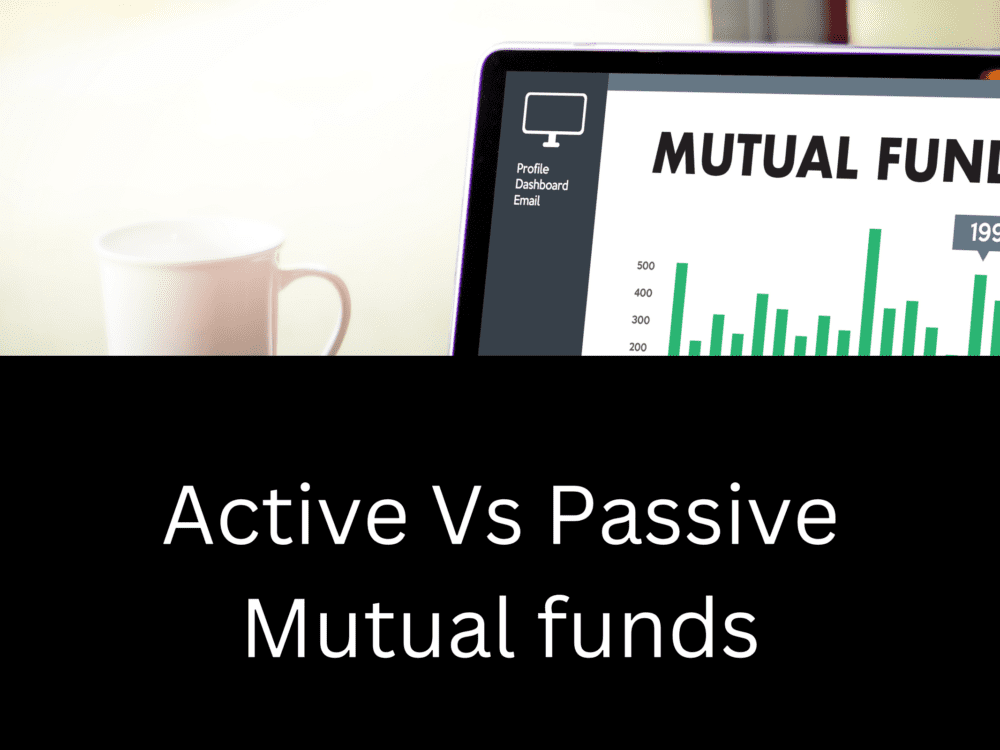Investing in mutual funds can be a great way to grow your wealth over time, but with so many options out there, it can be overwhelming for beginners to know where to start. In this guide, we’ll break down the key factors you should consider when evaluating mutual funds, and provide tips on how to analyze their performance. By the end, you’ll have a better understanding of how to build a portfolio that suits your investment goals and risk tolerance.
Understanding Mutual Funds
What are Mutual Funds?
Mutual funds are a popular investment vehicle that many investors use to achieve their financial goals. They are a type of investment vehicle that pools money from multiple investors to buy a diversified portfolio of stocks, bonds, or other assets. This allows investors to access a range of different investments and diversify their portfolio, without having to purchase individual stocks or bonds themselves.
When you invest in a mutual fund, you are buying shares in the fund. The value of these shares is based on the performance of the underlying investments in the fund. The fund is managed by professional fund managers who make investment decisions on behalf of the investors in the fund.
Types of Mutual Funds
There are many different types of mutual funds, each with their own investment objectives and strategies. Some popular types of mutual funds include:
- Equity funds – invest in stocks
- Bond funds – invest in fixed-income securities such as corporate bonds, municipal bonds, or government securities etc.
- Money market funds – invest in short-term, low-risk securities such as Treasury bills, commercial paper and certificates of deposits etc.
- Index funds – Index funds are passively managed funds that aim to replicate the performance of a specific market index, such as the Nifty 50 or Sensex.
- Hybrid funds – Invest in both equity stocks and fixed income markets in a single portfolio.
Equity funds are popular with investors who are looking for long-term growth and are willing to take on more risk. Bond funds are popular with investors who are looking for steady income and are willing to take on less risk. Money market funds are popular with investors who are looking for a safe place to park their money in the short-term. Index funds are popular with individuals who are new to investing and seek a simple and straightforward investment option with broad market exposure. Additionally, those who have a strong belief in the overall long-term growth of an index rather than relying on any fund manager’s strategy may also find index funds to be a suitable choice, Hybrid funds attract balanced investors seeking a mix of growth and stability, combining equities and debt instruments. Additionally, conservative investors often prefer hybrid funds for their more moderate risk profile compared to pure equity funds.
Benefits of Investing in Mutual Funds
There are many benefits to investing in mutual funds. One of the main benefits is the ability to diversify your portfolio across a range of different investments. This can help to reduce your overall risk and improve your chances of achieving your financial goals. Additionally, mutual funds are often managed by experienced professionals who can use their expertise to maximize returns while minimizing risk.
Another benefit of investing in mutual funds is that they are typically more accessible to individual investors than buying stocks or bonds directly. Many mutual funds have low minimum investment requirements, which means that investors can get started with small amounts of money. This makes mutual funds a great option for new investors who are just getting started with investing.
Finally, mutual funds offer investors the ability to access a range of different investment strategies and asset classes. This can help investors to achieve their financial goals by investing in a way that aligns with their individual investment objectives and risk tolerance.
Key Factors to Consider When Evaluating Mutual Funds

Investing in mutual funds can be a great way to diversify your portfolio and achieve your financial goals. However, with so many options available, it can be difficult to know where to start. Here are some key factors to consider when evaluating mutual funds:
Fund Performance
When selecting a mutual fund scheme, it’s crucial to consider more than just past returns and focus on the fund’s underlying strength. While past performance is important, it should not be the sole factor. Assessing risk-adjusted returns through ratios like Sharpe ratio, Treynor ratio, and Jensen’s alpha ratio helps gauge performance relative to risk. Additionally, evaluating a fund’s ability to withstand market downturns using metrics like Sortino ratio and consistent outperformance of benchmark returns over the long term is vital. For example, if the fund is invested in large-cap stocks, its benchmark might be the Nifty-100. If the fund consistently underperforms its benchmark, it may not be worth investing in.It is prudent to avoid chasing funds with the highest returns, as sustainability in the long term matters more.
Fund Manager’s Track Record
The fund manager can have a significant impact on the performance of a mutual fund, so it’s important to evaluate their track record before investing in the fund. This can include looking at their experience, performance with previous funds, and investment philosophy.
It’s also important to consider whether the fund manager has a consistent investment approach. If they frequently change their investment strategy, it could be a red flag that they don’t have a clear investment philosophy.
Expense Ratio
Mutual funds charge fees for managing investments, with the expense ratio being a key fee to consider. This annual percentage fee, ranging from less than 0.1% to over 2%, can significantly impact long-term returns. These expense ratios include commissions that are paid to distributors if you have invested through a mutual fund distributor. Understanding the fees associated with a mutual fund is essential to assess their impact on your investments.
Risk vs. Return

All investments come with some level of risk, and mutual funds are no exception. One of the key trade-offs to consider is the relationship between risk and return. Generally speaking, higher risk investments have the potential for higher returns, but also carry greater downside risk. For example large-cap funds could be less riskier than Mid-cap or small-cap funds, or sector funds could be more riskier than diversified funds. It’s important to find a mutual fund that aligns with your risk tolerance and investment objectives.
It’s also important to consider the diversification of the mutual fund by investing in different asset classes like equity, debt, gold etc. A well-diversified fund can help reduce your overall risk by investing in a variety of asset classes and sectors.
By considering these key factors when evaluating mutual funds, you can make informed investment decisions that align with your financial goals and risk tolerance.
conclusion
investing in mutual funds can be a rewarding venture for beginners looking to grow their wealth over time. By understanding the basics of mutual funds and the various types available, investors can gain access to a diversified portfolio without the need to purchase individual stocks or bonds. The benefits of investing in mutual funds include diversification, professional management, accessibility, and the ability to align investments with individual goals and risk tolerance.
When evaluating mutual funds, it is essential to consider key factors such as fund performance, the track record of the fund manager, expense ratio, and the risk-return trade-off. While past performance is important, it should not be the sole factor in decision-making. Evaluating risk-adjusted returns, the fund manager’s experience and investment philosophy, and understanding the impact of fees on long-term returns are vital aspects to consider.
Furthermore, considering the relationship between risk and return is crucial, as it helps investors align their investment choices with their risk tolerance and objectives. Diversification across asset classes and sectors also plays a significant role in managing risk within a mutual fund portfolio.
Ultimately, by carefully evaluating these factors and aligning investment choices with personal goals and risk tolerance, beginners can build a well-rounded mutual fund portfolio that contributes to their financial well-being.







